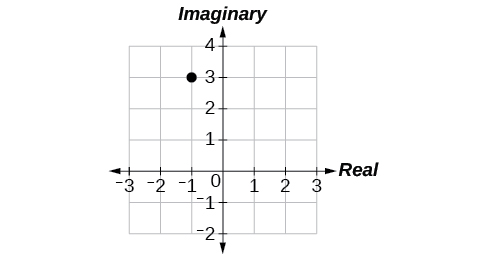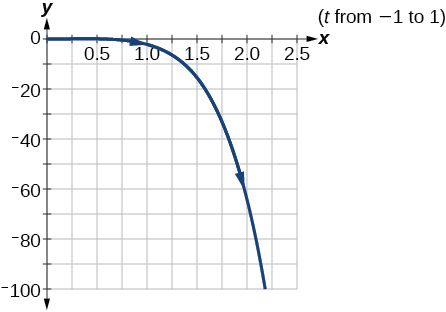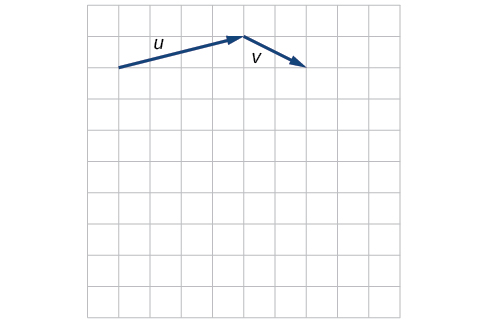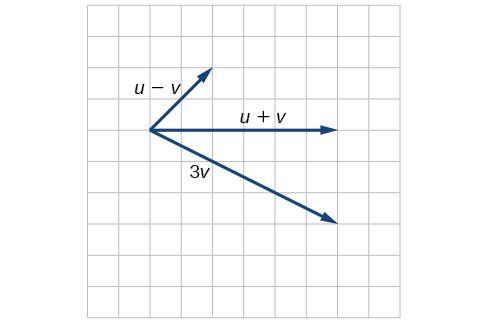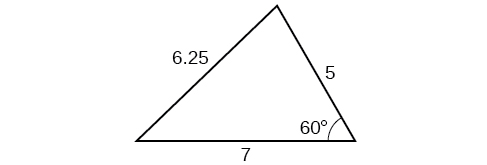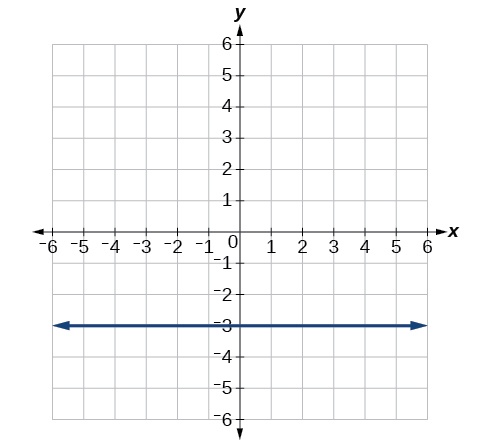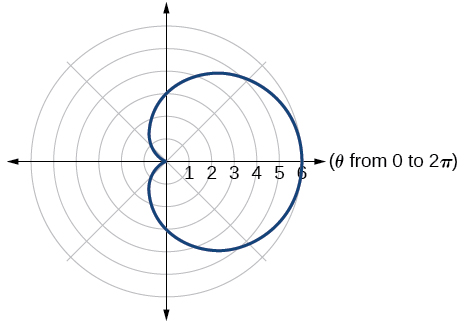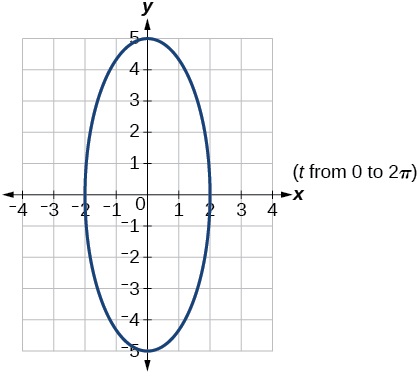4.R: Further Applications of Trigonometry (Review)
- Page ID
- 60937
\( \newcommand{\vecs}[1]{\overset { \scriptstyle \rightharpoonup} {\mathbf{#1}} } \)
\( \newcommand{\vecd}[1]{\overset{-\!-\!\rightharpoonup}{\vphantom{a}\smash {#1}}} \)
\( \newcommand{\id}{\mathrm{id}}\) \( \newcommand{\Span}{\mathrm{span}}\)
( \newcommand{\kernel}{\mathrm{null}\,}\) \( \newcommand{\range}{\mathrm{range}\,}\)
\( \newcommand{\RealPart}{\mathrm{Re}}\) \( \newcommand{\ImaginaryPart}{\mathrm{Im}}\)
\( \newcommand{\Argument}{\mathrm{Arg}}\) \( \newcommand{\norm}[1]{\| #1 \|}\)
\( \newcommand{\inner}[2]{\langle #1, #2 \rangle}\)
\( \newcommand{\Span}{\mathrm{span}}\)
\( \newcommand{\id}{\mathrm{id}}\)
\( \newcommand{\Span}{\mathrm{span}}\)
\( \newcommand{\kernel}{\mathrm{null}\,}\)
\( \newcommand{\range}{\mathrm{range}\,}\)
\( \newcommand{\RealPart}{\mathrm{Re}}\)
\( \newcommand{\ImaginaryPart}{\mathrm{Im}}\)
\( \newcommand{\Argument}{\mathrm{Arg}}\)
\( \newcommand{\norm}[1]{\| #1 \|}\)
\( \newcommand{\inner}[2]{\langle #1, #2 \rangle}\)
\( \newcommand{\Span}{\mathrm{span}}\) \( \newcommand{\AA}{\unicode[.8,0]{x212B}}\)
\( \newcommand{\vectorA}[1]{\vec{#1}} % arrow\)
\( \newcommand{\vectorAt}[1]{\vec{\text{#1}}} % arrow\)
\( \newcommand{\vectorB}[1]{\overset { \scriptstyle \rightharpoonup} {\mathbf{#1}} } \)
\( \newcommand{\vectorC}[1]{\textbf{#1}} \)
\( \newcommand{\vectorD}[1]{\overrightarrow{#1}} \)
\( \newcommand{\vectorDt}[1]{\overrightarrow{\text{#1}}} \)
\( \newcommand{\vectE}[1]{\overset{-\!-\!\rightharpoonup}{\vphantom{a}\smash{\mathbf {#1}}}} \)
\( \newcommand{\vecs}[1]{\overset { \scriptstyle \rightharpoonup} {\mathbf{#1}} } \)
\( \newcommand{\vecd}[1]{\overset{-\!-\!\rightharpoonup}{\vphantom{a}\smash {#1}}} \)
4.1: Non-right Triangles: Law of Sines
For the exercises 1-5 assume \(\alpha \) is opposite side \(a\), \(\beta \) is opposite side \(b\), and \(\gamma \) is opposite side \(c\). Solve each triangle, if possible. Round each answer to the nearest tenth.
1) \(\beta =50^{\circ}, a=105, b=45\)
- Answer
-
Not possible
2) \(\alpha =43.1^{\circ}, a=184.2, b=242.8\)
3) Solve the triangle.

- Answer
-
\(C=120^{\circ}, a=23.1, c=34.1\)
4) Find the area of the triangle.

5) A pilot is flying over a straight Highway. He determines the angles of depression to two mile posts \(2.1\) km apart to be \(25^{\circ}\) and \(49^{\circ}\), as shown in the figure below. Find the distance of the plane from point \(A\) and the elevation of the plane.
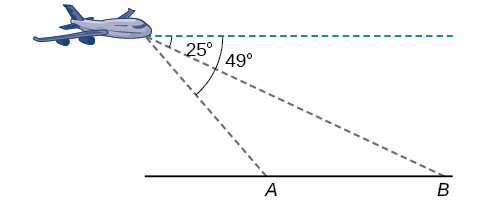
- Answer
-
distance of the plane from point \(A:2.2\) km, elevation of the plane: \(1.6\) km
4.2: Non-right Triangles - Law of Cosines
1) Solve the triangle, rounding to the nearest tenth, assuming \(\alpha \) is opposite side \(a\), \(\beta \) is opposite side \(b\), and \(\gamma \) s opposite side \(c: a=4, b=6,c=8\)
2) Solve the triangle in the Figure below, rounding to the nearest tenth.
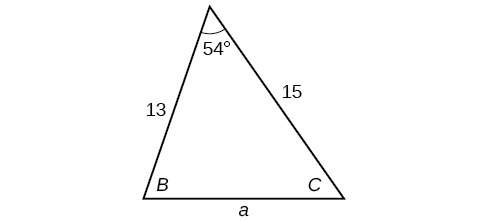
- Answer
-
\(B=71.0^{\circ},C=55.0^{\circ},a=12.8\)
3) Find the area of a triangle with sides of length \(8.3\), \(6.6\), and \(9.1\).
4) To find the distance between two cities, a satellite calculates the distances and angle shown in the Figure below (not to scale). Find the distance between the cities. Round answers to the nearest tenth.
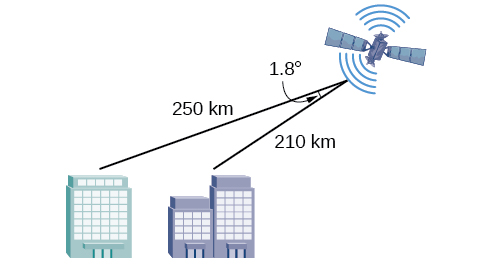
- Answer
-
\(40.6\) km
4.3: Polar Coordinates
1) Plot the point with polar coordinates \(\left ( 3,\dfrac{\pi }{6} \right )\).
2) Plot the point with polar coordinates \(\left ( 5,\dfrac{-2\pi }{3} \right )\).
- Answer
-
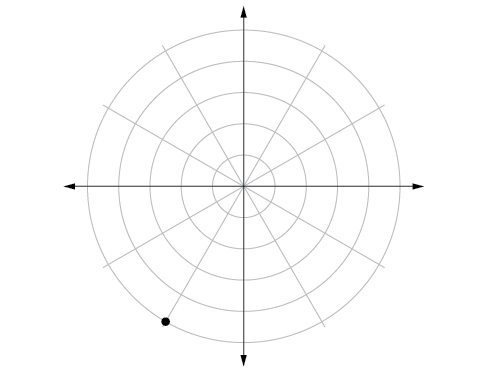
3) Convert \(\left ( 6,\dfrac{-3\pi }{4} \right )\) to rectangular coordinates.
4) Convert \(\left ( -2,\dfrac{3\pi }{2} \right )\) to rectangular coordinates.
- Answer
-
\((0,2)\)
5) Convert \((7,-2)\) to polar coordinates.
6) Convert \((-9,-4)\) to polar coordinates.
- Answer
-
\((9.8489,203.96^{\circ})\)
For the exercises 7-9, convert the given Cartesian equation to a polar equation.
7) \(x=-2\)
8) \(x^2+y^2=64\)
- Answer
-
\(r=8\)
9) \(x^2+y^2=-2y\)
For the exercises 10-11, convert the given polar equation to a Cartesian equation.
10) \(r=7\cos \theta\)
- Answer
-
\(x^2+y^2=7x\)
11) \(r=\dfrac{-2}{4\cos \theta +\sin \theta }\)
For the exercises 12-13, convert to rectangular form and graph.
12) \(\theta =\dfrac{3\pi }{4}\)
- Answer
-
\(y=-x\)

13) \(r=5\sec \theta\)
4.4: Polar Coordinates - Graphs
For the exercises 1-5, test each equation for symmetry.
1) \(r=4+4\sin \theta\)
- Answer
-
symmetric with respect to the line \(\theta =\dfrac{\pi }{2}\)
2) \(r=7\)
3) Sketch a graph of the polar equation \(r=1-5\sin \theta\). Label the axis intercepts.
- Answer
-
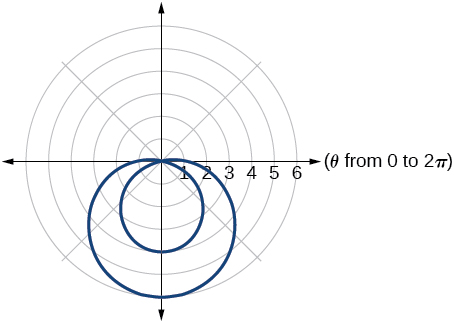
4) Sketch a graph of the polar equation \(r=5\sin (7\theta )\).
5) Sketch a graph of the polar equation \(r=3-3\cos \theta\)
- Answer
-
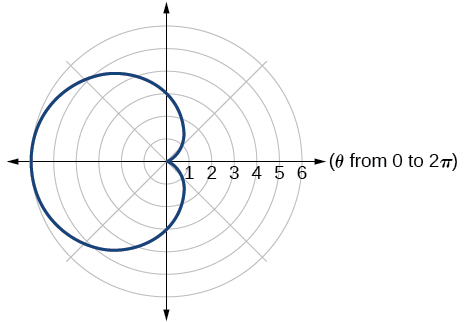
4.5: Polar Form of Complex Numbers
For the exercises 1-2, find the absolute value of each complex number.
1) \(-2+6i\)
2) \(4-3i\)
- Answer
-
\(5\)
Write the complex number in polar form.
3) \(5+9i\)
4) \(\dfrac{1}{2}-\dfrac{\sqrt{3}}{2}i\)
- Answer
-
\(\mathrm{cis}\left (-\dfrac{\pi }{3} \right )\)
For the exercises 5-6, convert the complex number from polar to rectangular form.
5) \(z=5\mathrm{cis}\left (\dfrac{5\pi }{6} \right )\)
6) \(z=3\mathrm{cis}(40^{\circ})\)
- Answer
-
\(2.3+1.9i\)
For the exercises 7-8, find the product \(z_1 z_2\) in polar form.
7) \(\begin{align*} z_1 &= 2\mathrm{cis}(89^{\circ})\\ z_2 &= 5\mathrm{cis}(23^{\circ}) \end{align*}\)
8) \(\begin{align*} z_1 &= 10\mathrm{cis}\left ( \dfrac{\pi }{6} \right )\\ z_2 &= 6\mathrm{cis}\left ( \dfrac{\pi }{3} \right ) \end{align*}\)
- Answer
-
\(60\mathrm{cis}\left ( \dfrac{\pi }{2} \right )\)
For the exercises 9-10, find the quotient \(\dfrac{z_1}{z_2}\) in polar form.
9) \(\begin{align*} z_1 &= 12\mathrm{cis}(55^{\circ})\\ z_2 &= 3\mathrm{cis}(18^{\circ}) \end{align*}\)
10) \(\begin{align*} z_1 &= 27\mathrm{cis}\left ( \dfrac{5\pi }{3} \right )\\ z_2 &= 9\mathrm{cis}\left ( \dfrac{\pi }{3} \right ) \end{align*}\)
- Answer
-
\(3\mathrm{cis}\left ( \dfrac{4\pi }{3} \right )\)
For the exercises 11-12, find the powers of each complex number in polar form.
11) Find \(z^4\) when \(z=2\mathrm{cis}(70^{\circ})\)
12) Find \(z^2\) when \(z=5\mathrm{cis}\left ( \dfrac{3\pi }{4} \right )\)
- Answer
-
\(25\mathrm{cis}\left ( \dfrac{3\pi }{2} \right )\)
For the exercises 13-14, evaluate each root.
13) Evaluate the cube root of \(z\) when



